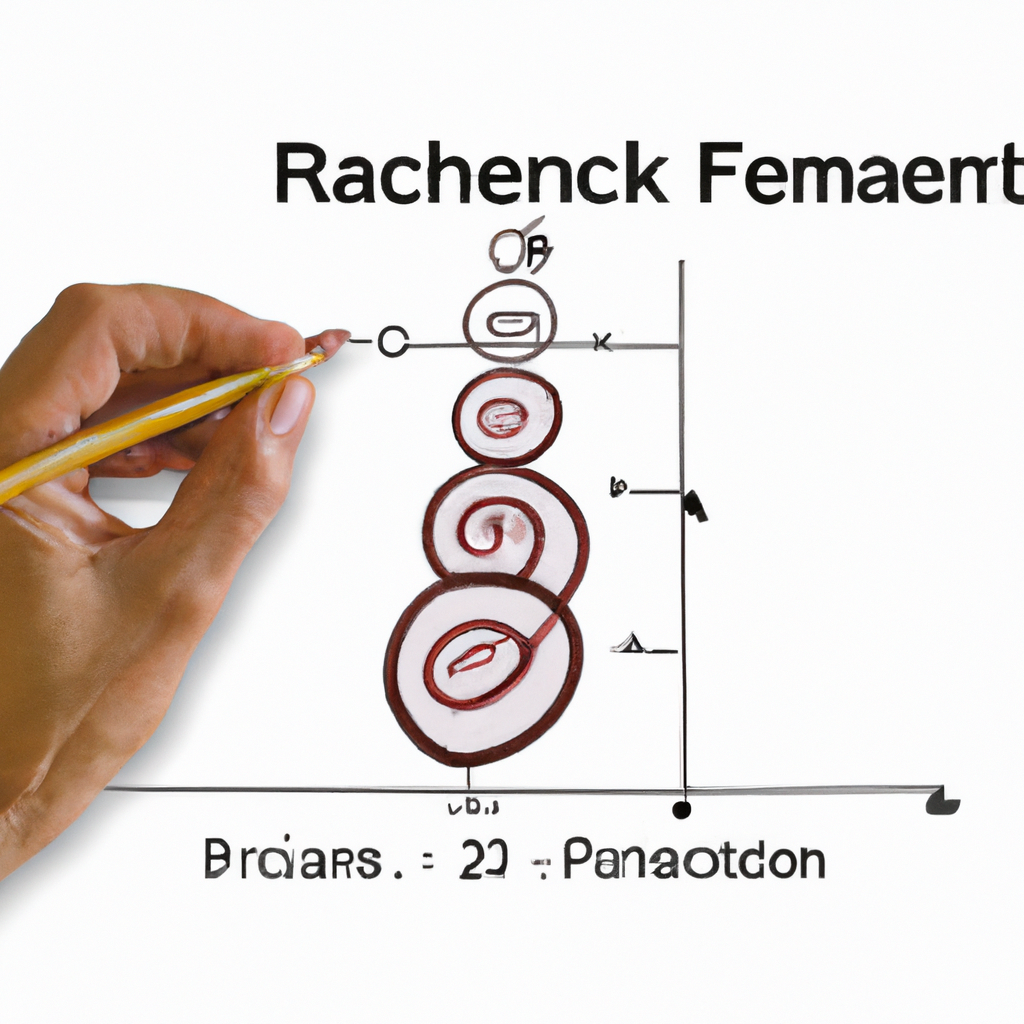
Understanding Fibonacci Retracement Applications
Fibonacci retracement is a popular technical analysis tool used by traders to identify potential levels of support and resistance in financial markets. By applying Fibonacci retracement levels to a price chart, traders can anticipate where a market may retrace or reverse its trend. Here are some common applications of Fibonacci retracement in trading:
Identifying Support and Resistance Levels
One of the primary uses of Fibonacci retracement is to identify potential support and resistance levels in a market. Traders can draw Fibonacci retracement levels from a swing low to a swing high (in an uptrend) or from a swing high to a swing low (in a downtrend) to determine key levels where a market may find support or resistance.
Confirming Trend Reversals
Another application of Fibonacci retracement is to confirm potential trend reversals. When a market retraces to a Fibonacci level (such as the 38.2% or 61.8% retracement levels) and then bounces off that level, it may indicate a reversal in the current trend. Traders can use Fibonacci retracement in conjunction with other technical indicators to confirm trend reversals.
Setting Price Targets
Traders can also use Fibonacci retracement levels to set price targets for their trades. By identifying key Fibonacci levels, traders can determine where a market is likely to move next and set profit targets accordingly. For example, a trader may set a profit target at the 161.8% Fibonacci extension level after a market breaks out of a consolidation phase.
Managing Risk
Fibonacci retracement can also be used to manage risk in trading. By placing stop-loss orders below key Fibonacci levels, traders can limit their potential losses if a trade goes against them. Traders can use Fibonacci retracement levels as a guide to place stop-loss orders at levels where the market is likely to find support or resistance.
Conclusion
Overall, Fibonacci retracement is a versatile tool that can be used in various ways to analyze financial markets and make trading decisions. By understanding how to apply Fibonacci retracement levels effectively, traders can improve their trading strategies and increase their chances of success in the markets.





